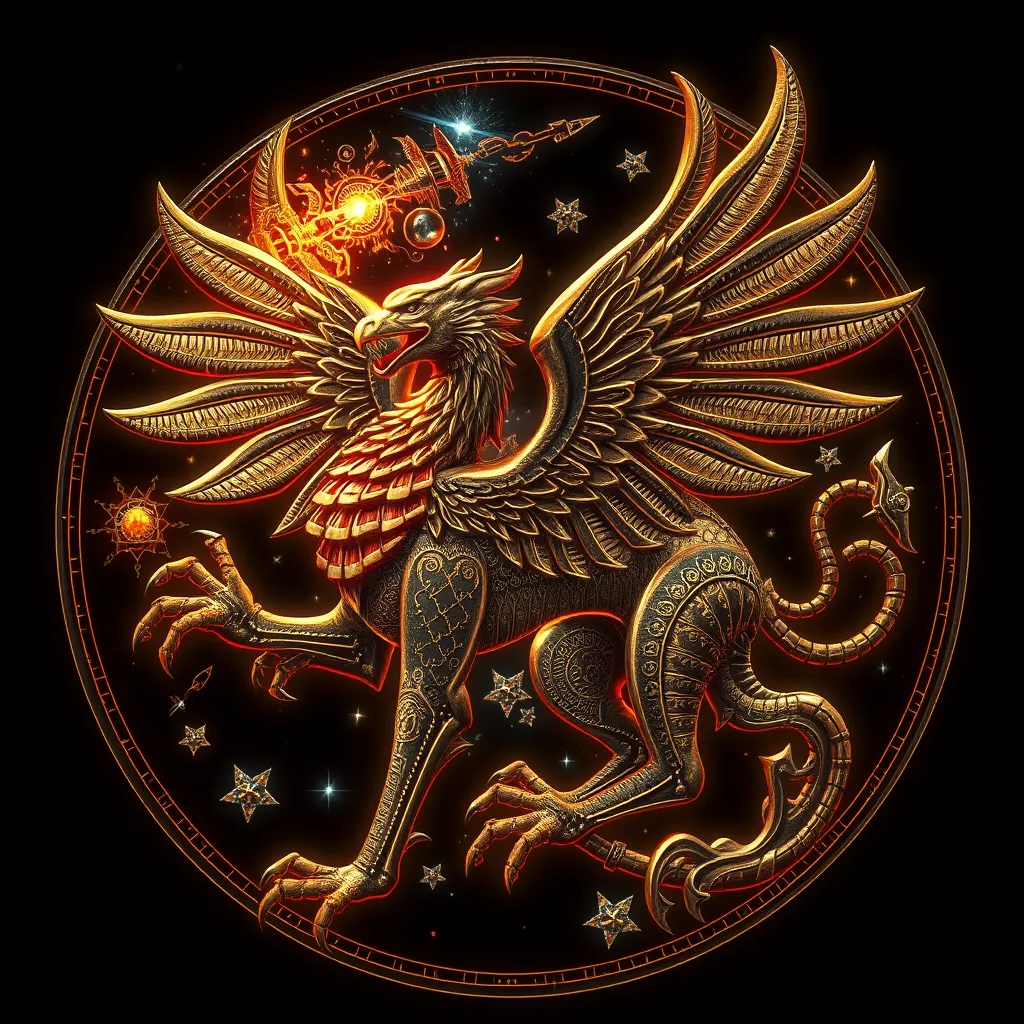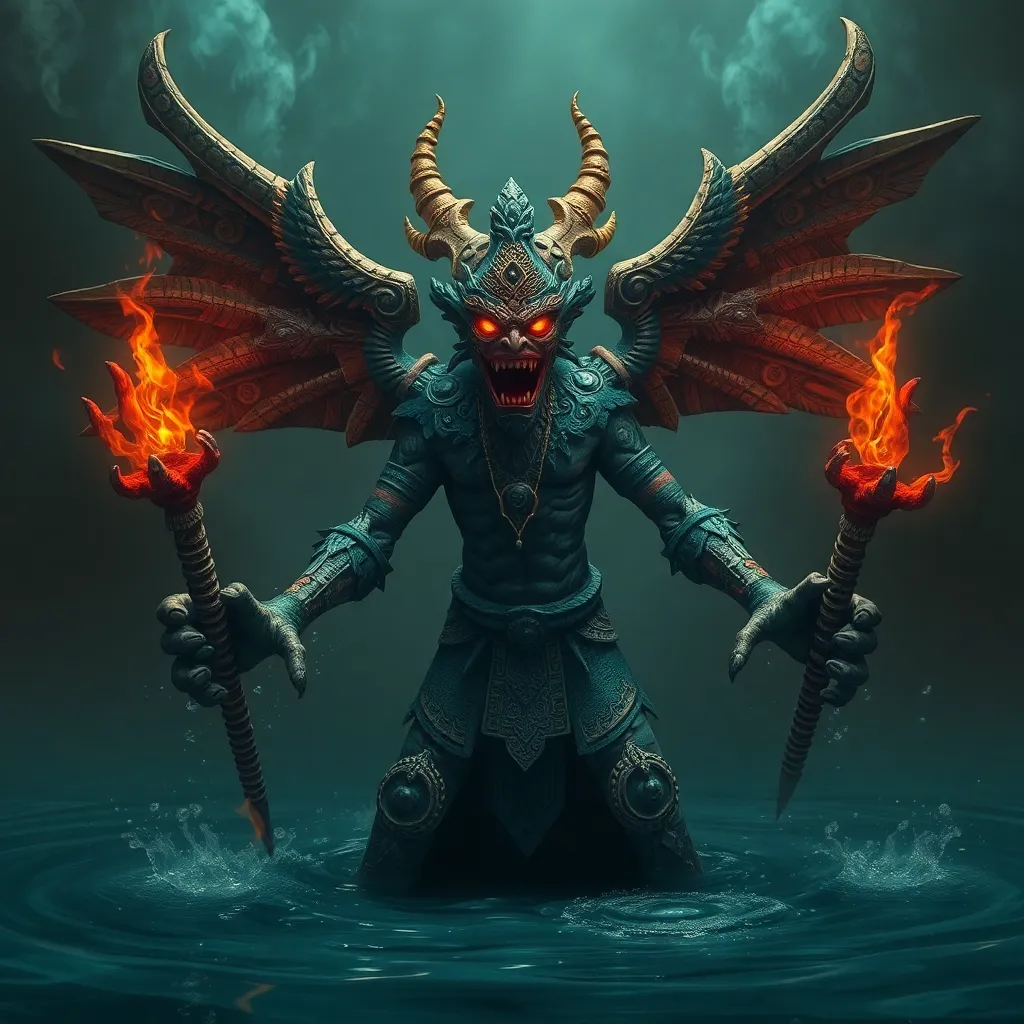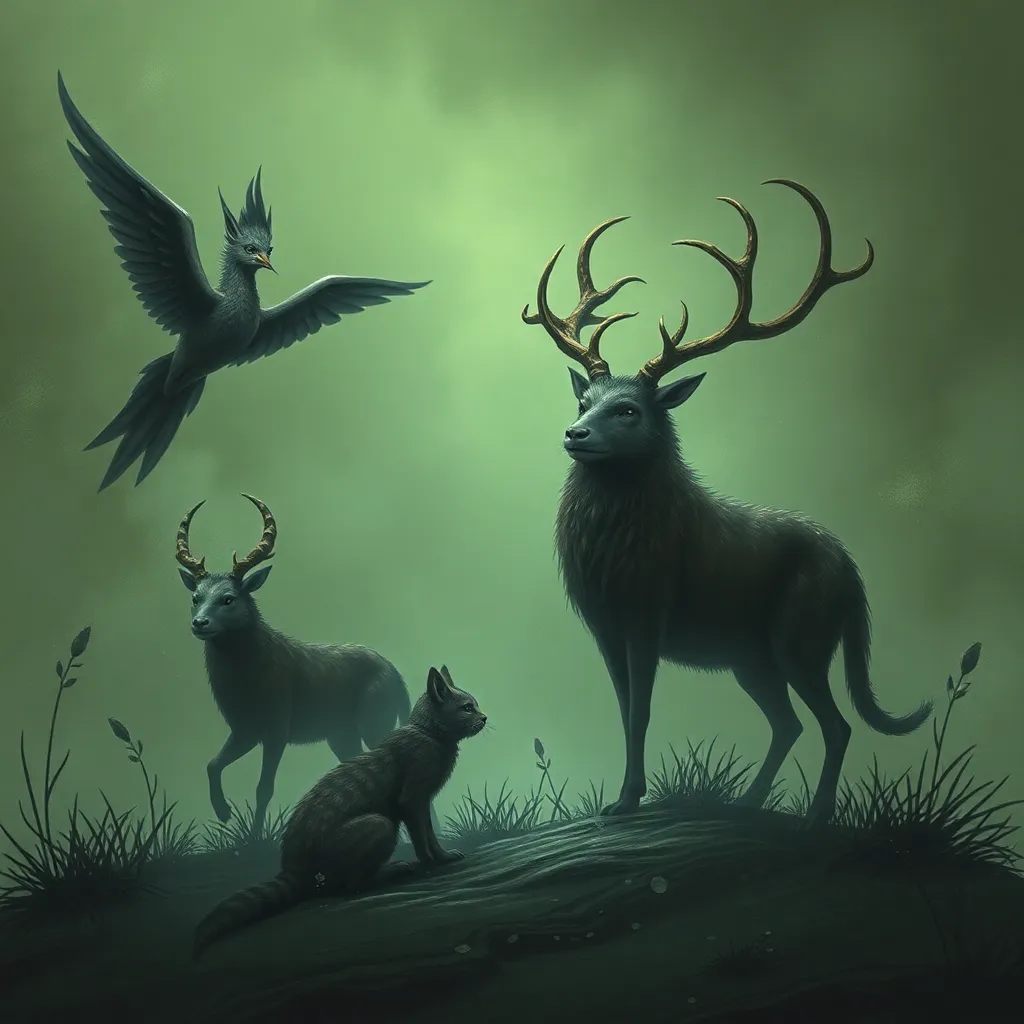The Griffin as a Cosmic Symbol: Examining its Role in Babylonian Mythology
I. Introduction
The Griffin, a hybrid creature with the body of a lion and the head and wings of an eagle, occupies a significant place in mythological contexts across various cultures. This majestic being symbolizes power, protection, and a connection to the divine. In the realm of Babylonian mythology, the Griffin emerges as a fascinating figure that embodies cosmic symbolism, acting as a bridge between the earthly and the celestial.
Babylonian mythology is rich with complex narratives involving gods, goddesses, and mythical creatures. It serves as a tapestry reflecting the beliefs, values, and cosmological understandings of the ancient Babylonians. This article aims to explore the Griffin’s role within this mythology, focusing on its cosmic symbolism and significance in Babylonian culture.
II. Historical Background of the Griffin
A. Origins of the Griffin in ancient cultures
The Griffin’s origins can be traced back to ancient civilizations, particularly in the Near East and Mediterranean regions. It is believed that the creature amalgamated various traits from existing mythological beings, symbolizing the blending of different cultural influences over time. The earliest representations of Griffins date back to the 3rd millennium BCE, found in artworks from Anatolia and surrounding areas.
B. Evolution of the Griffin’s representation in Babylonian art and literature
In Babylonian art and literature, the Griffin evolved into a prominent symbol. It was depicted in various forms, often portrayed as a guardian or protector. Over time, the Griffin’s image became associated with the divine and the cosmic order, reflecting the values and beliefs of Babylonian society.
C. Comparison with other mythological creatures in Mesopotamia
While the Griffin holds a unique position, it shares similarities with other mythological creatures in Mesopotamia, such as the Lamassu. The Lamassu, a protective deity with the body of a lion or bull and the head of a human, served a similar purpose in guarding sacred spaces. However, the Griffin’s distinctive dual nature of lion and eagle sets it apart, emphasizing its cosmic significance.
III. Symbolism of the Griffin
A. Dual nature: Lion and Eagle characteristics
The Griffin’s dual nature is central to its symbolism. The lion, often associated with strength and royalty, represents terrestrial power, while the eagle symbolizes the divine and the celestial. This combination reflects the balance between earth and sky, embodying a connection to both realms.
B. Representation of power and protection
The Griffin is often seen as a powerful protector, embodying the strength of the lion and the vigilance of the eagle. In Babylonian culture, it was believed that the presence of a Griffin could safeguard against evil spirits and misfortune, making it a popular motif in amulets and protective artifacts.
C. Association with the divine and the cosmos
In addition to its protective qualities, the Griffin’s symbolism extends to the divine and cosmic realms. It was associated with various deities, serving as their mount or companion, thereby reinforcing its role as a mediator between humans and the gods. This connection underscores the Griffin’s significance in understanding the cosmos and the order of the universe.
IV. The Griffin in Babylonian Cosmology
A. Role of the Griffin in the creation myths
The Griffin appears in several Babylonian creation myths, where it often plays a crucial role in the establishment of cosmic order. These narratives depict the Griffin as a creature that helps to maintain balance between chaos and order, reflecting the worldview of the ancient Babylonians.
B. Connection to celestial bodies and cosmic order
In Babylonian cosmology, the Griffin is sometimes linked to celestial bodies, including the sun and the moon. Its representation alongside these celestial entities emphasizes its role in the cosmic hierarchy and the importance of these symbols in agricultural and seasonal cycles.
C. The Griffin as a guardian of the heavens
The Griffin’s association with the heavens extends to its depiction as a guardian figure, watching over the celestial realms. This protective role reinforces the belief that the Griffin helps to maintain the order of the universe, ensuring that cosmic forces align harmoniously.
V. The Griffin in Babylonian Literature
A. Analysis of key texts featuring the Griffin
Key Babylonian texts, such as the “Epic of Gilgamesh” and various creation myths, feature Griffins as significant characters. These texts illustrate the creature’s multifaceted roles, ranging from a guardian to a divine messenger.
B. Interpretation of the Griffin’s role in epics and myths
In these literary contexts, the Griffin often embodies themes of loyalty, strength, and protection. Its presence serves to enhance the narrative’s exploration of human struggles against chaos and the quest for divine favor.
C. Symbolic meanings derived from literary contexts
The Griffin’s literary appearances contribute to its symbolic meanings, often representing the interplay between the mortal and divine realms. This duality reflects the complexities of human existence and the quest for understanding one’s place in the cosmos.
VI. Artistic Depictions of the Griffin
A. Overview of Griffin imagery in Babylonian art
Griffins are commonly depicted in Babylonian art, often found in sculptures, reliefs, and seals. These artistic representations highlight the creature’s majestic nature and its significance in religious and cultural contexts.
B. Examination of specific artifacts and their significance
Specific artifacts, such as cylinder seals featuring Griffins, provide insight into the creature’s importance in ritualistic practices and daily life. These artifacts often served as protective symbols, reflecting the belief in the Griffin’s power to ward off evil.
C. The Griffin’s impact on later artistic traditions
The influence of the Griffin can be seen in later artistic traditions, particularly in Persian and Hellenistic art. Its majestic form and symbolic significance continued to inspire artists and storytellers, ensuring its place in the broader narrative of mythological creatures.
VII. Comparative Analysis with Other Cultures
A. Similarities with Griffin depictions in Egyptian and Greek mythology
Comparative analysis reveals similarities between Babylonian Griffins and their counterparts in Egyptian and Greek mythology. In Egyptian culture, Griffins were often associated with the sun god Ra, while in Greek mythology, they served as guardians of treasures.
B. Influence of Babylonian Griffin symbolism on neighboring cultures
The Griffin’s symbolism influenced neighboring cultures, with its protective and divine characteristics being adopted and adapted in various mythologies. This cross-cultural exchange highlights the interconnectedness of ancient civilizations.
C. The Griffin’s role in the broader context of ancient mythologies
In the broader context of ancient mythologies, the Griffin serves as a powerful symbol representing the fusion of earthly and celestial forces. Its widespread presence across cultures underscores its significance as a cosmic symbol.
VIII. Conclusion
The Griffin holds a prominent place in Babylonian mythology, embodying cosmic symbolism through its dual nature and protective qualities. Its role in creation myths, literature, and art reflects the values and beliefs of the ancient Babylonians, emphasizing the importance of maintaining cosmic order.
The enduring legacy of the Griffin as a cosmic symbol invites further exploration of mythological creatures and their meanings. As we delve into the rich tapestry of ancient mythologies, we uncover the profound connections between these beings and the human experience, illuminating our understanding of the cosmos and our place within it.




